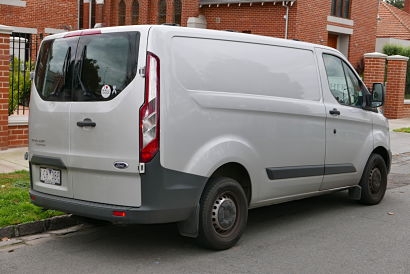
Product Manager, Glynn Hopkins, said that many were using medium term rental as a way to operate an electric van on a trial basis and the vast majority were finding them a good fit for their fleet.
“There’s obviously a lot of discussion around some of the practicalities of electric vans, looking at everything from range to charging to payload, and taking a van for a few months on medium term rental is a good way of trying the vehicles out in real world conditions” said Mr Hopkins. “What we are finding is that the overwhelming majority, once they get hold of the vehicle, find they are a practical addition to their operations and choose to extend the original booking. We see this very much as a vote of confidence in van electrification.”
Arval UK has been extending both the percentage of electric vehicles available for medium term rental and the overall size of its fleet.
“Last year, our medium term fleet was around 2,500 units and this year it will reach 3,800” added Mr Hopkins. “We expect it will continue to grow significantly over the next three years to meet customer demand. Within this, we already have a strong electric van offering of Vauxhall Vivaro-e, Toyota ProAce Electric and Nissan EV200 but we’re adding more all of the time as new models come to market. It does feel as though the conditions created by the pandemic have very much brought medium term rental into its own. The ability to rent a vehicle from 1-36 months while being able to offer delivery and termination within 48 hours on the vast majority of models is something that definitely fits into fleet needs at the moment, whether that is to satisfy requirements while waiting for new vehicles, working on fixed term contracts, or simply adding flexible fleet provision.”
Recent research from Arval Mobility Observatory showed that 47 percent of UK fleets planned to adopt electric vans within the next three years. Key reasons behind this decision were the lower environmental impact of electric vehicles (55 percent), tax incentives (51 percent), total cost of ownership being in line or lower than petrol or diesel vehicles (50 percent), reduced fuel expenses (50 percent), improving company image (40 percent) and being able to drive in low emissions zones (38 percent).
For additional information:

